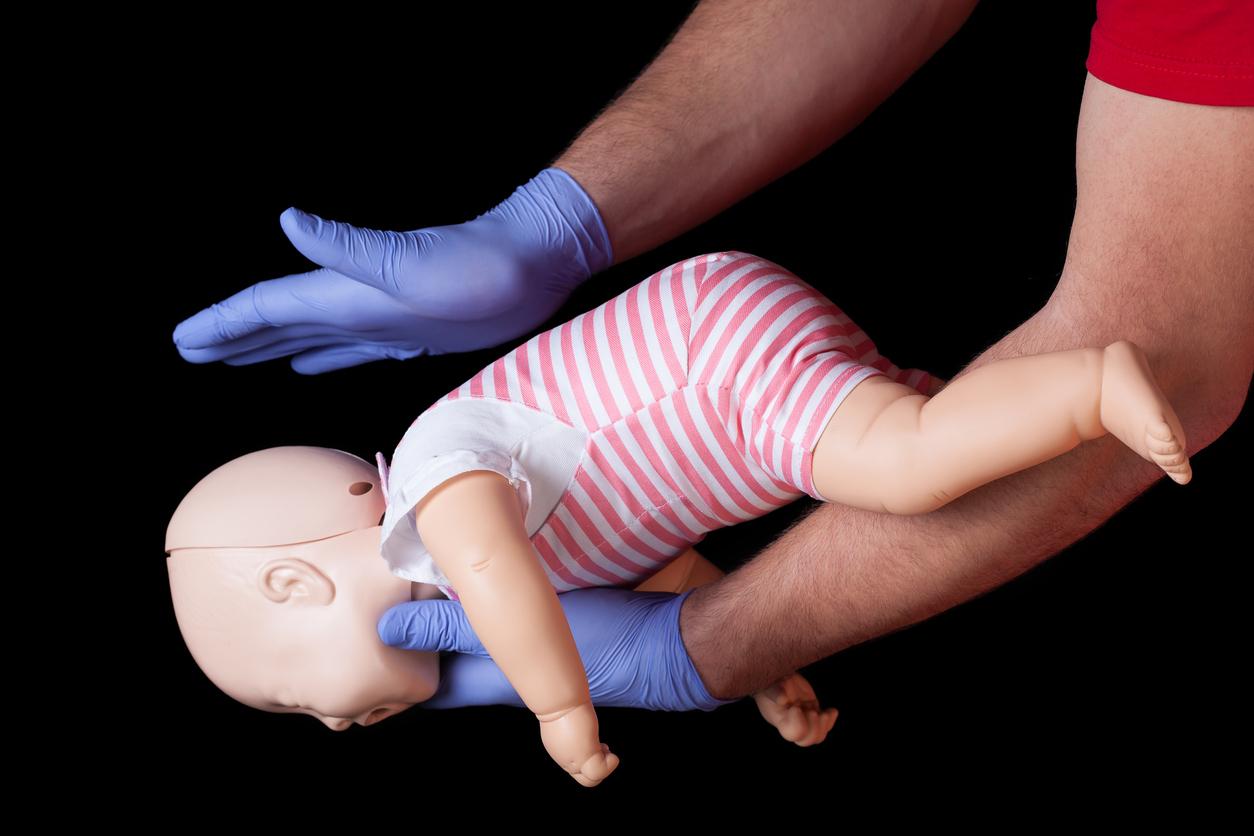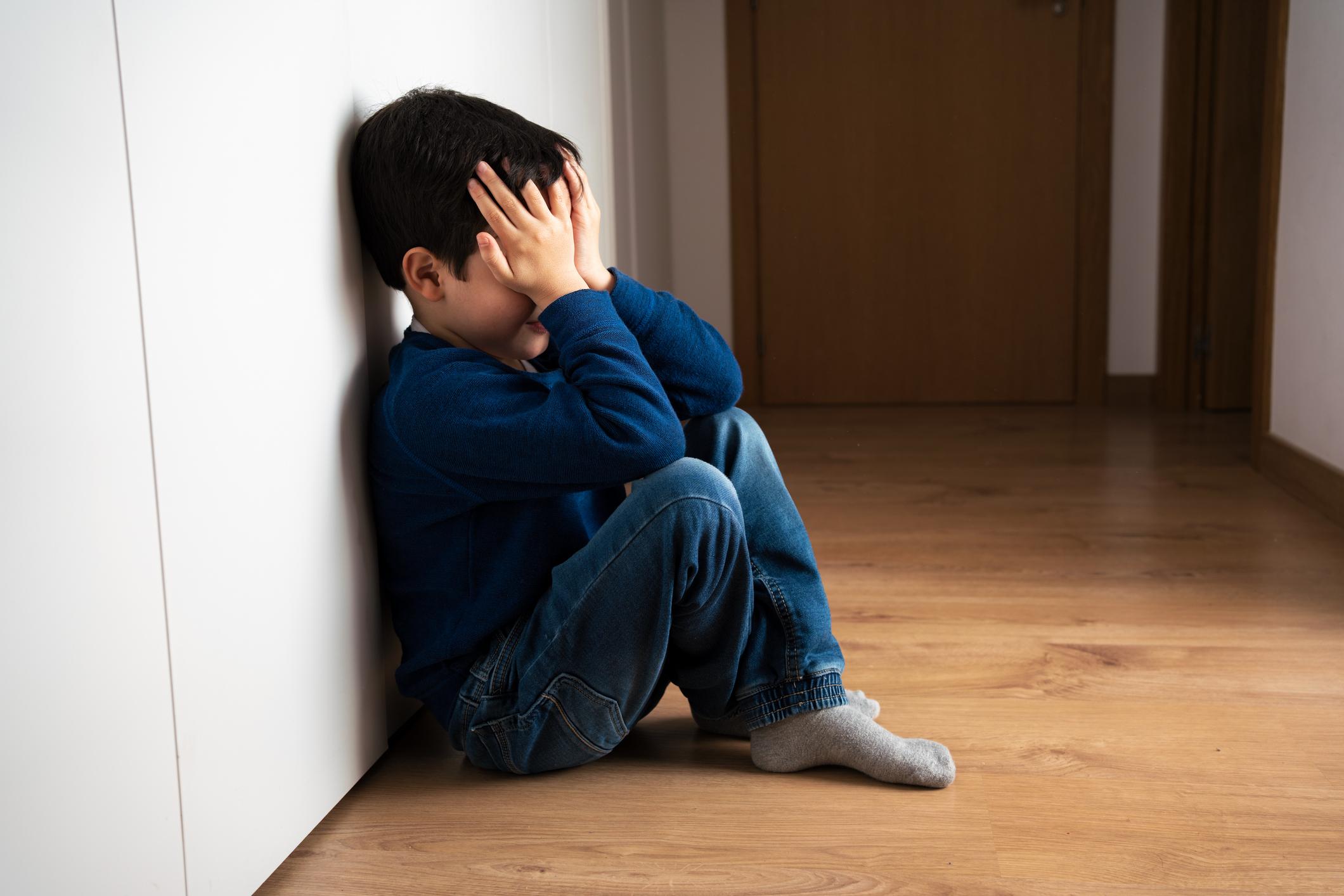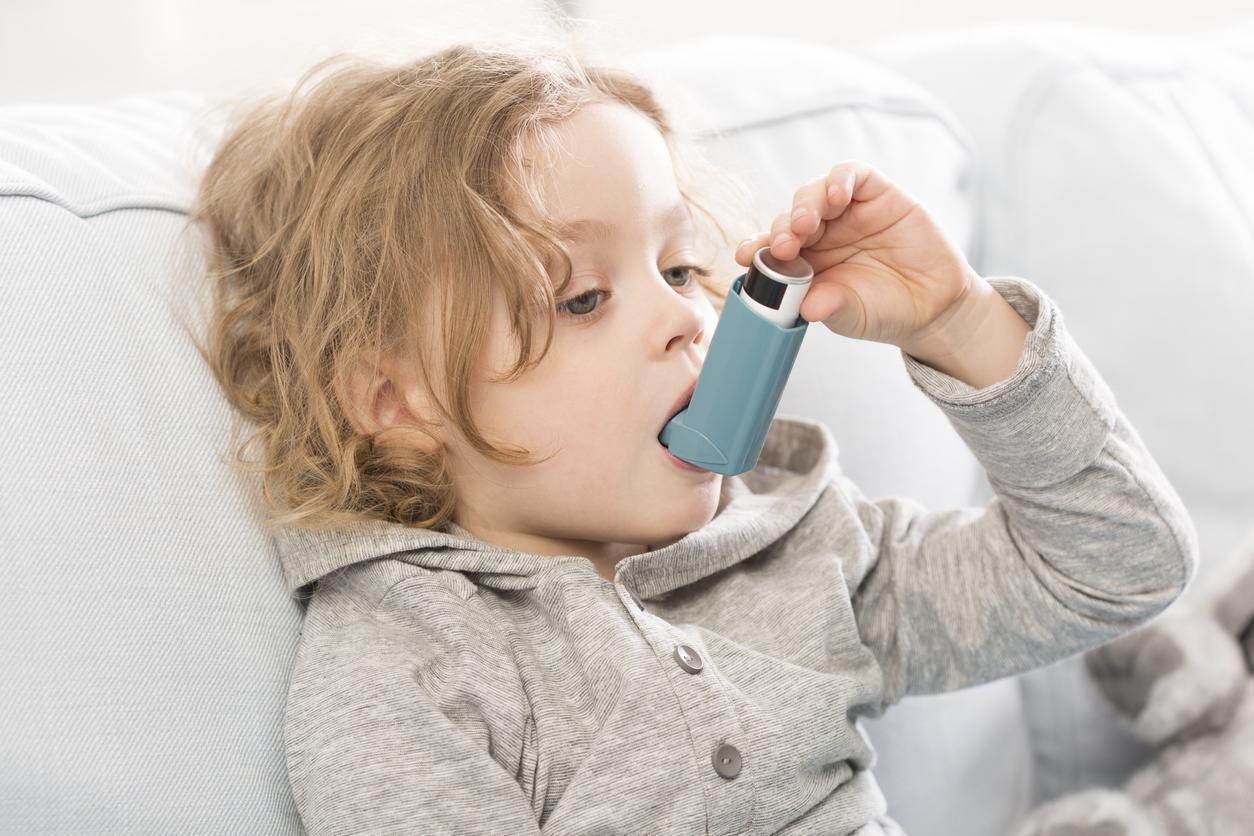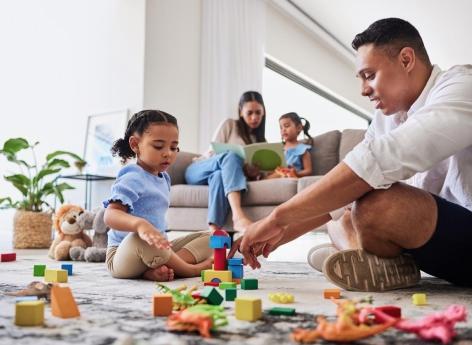Here are the right actions to take in the event of choking in a child.

- In the event of choking, always call for help.
- If the obstruction is total, first aid measures must be taken.
- First aid procedures are different for infants and children over one year old.
50 children under the age of 5 die each year as a result of suffocation linked to the ingestion of a small foreign body (peanuts, olives, small toys, etc.), according to Firefighters of France. This risk is therefore very real. Parents must know first aid procedures to act as quickly as possible.
Choking in children: a specific method for infants
The first reflex to have when an infant or child is choking is to analyze the situation: determine whether the obstruction is partial or total.
In the first case, the infant makes sounds, can cry, cough and breathe. In the second situation, he no longer produces sound, no longer coughs, keeps his mouth open, becomes agitated, may turn blue and can no longer breathe.
If the obstruction is partial, you should try to make the infant cough harder so that what has been swallowed comes out. If it is complete, call emergency services and perform first aid procedures.
First aid procedures for infants are not the same as those for older children and adults. So, for babies, two steps must be repeated until the child cries, screams or makes a sound :
- Step 1: Place the baby on his stomach, flat, on your forearm. Tap vigorously five times, with the palm of your hand, between your shoulder blades.
- Step 2: Turn the infant over and press with two fingers – the index and middle fingers – five times in the middle of his chest.
From one year of age, the Heimlich method in case of child choking
From one year of age, in the event of choking, the same first aid measures must be adopted for children as for adults: Heimlich method. If the victim can stand, position yourself behind them, put your hands around their stomach, make a fist and place it on the lower half of the sternum, grab the fist with the other hand and squeeze towards the inside and up until something comes out of the mouth.
Even if first aid works, it is always advisable to call for help at the same time. Firstly because there is no guarantee that they work, then because even if the victim is saved, it is better for them to be examined by professionals.
















